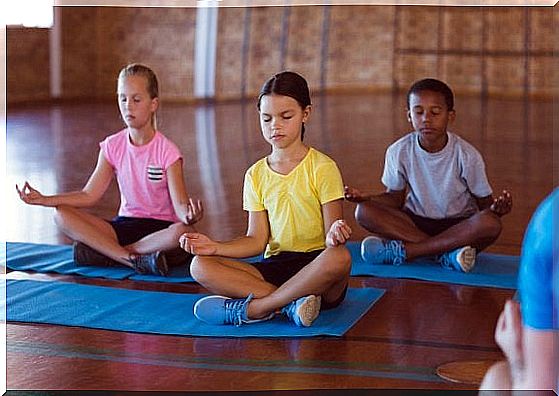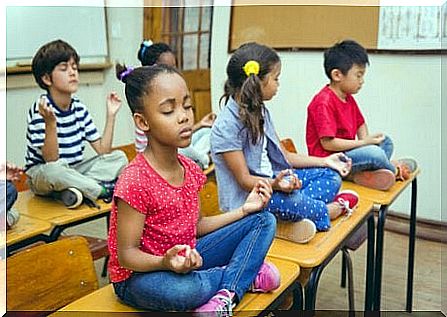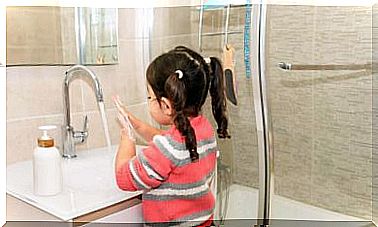Benefits Of Meditation In School

Young children do not have any preconceived notions or prejudices about meditation, which is very beneficial. Contemplative exercises in school have various advantages that everyone can easily use. Discover more about inward reflection in the classroom in today’s article.
Meditation is a physical and mental exercise. Students who concentrate fully on this can benefit in many ways in the short and long term.
Contemplative exercises can become an important part of regular classes. Because with it the students can not only learn more about their own consciousness, but also change their perspective.
You only need a little time for meditation : 10 minutes a day is sufficient! No special rooms are necessary for this either. Each student only needs space to sit comfortably.
Not only adults can benefit from the benefits of meditation. Studies have now also proven the positive effects in children and adolescents. This makes it easier for you to concentrate, for example, and you are calmer. It also teaches them to relax and think.
Benefits of meditation in the classroom
Then we’ll go into the various benefits of meditating regularly in school:
1. More concentration
Meditation helps students concentrate for a longer period of time. It also teaches children to focus their attention on specific target stimuli. This is very beneficial, because it allows the students to pay more attention in class and to absorb information better.

2. Better empathy and self-confidence
Pressure and uncontrollable circumstances sometimes make children feel incapable of passing an exam. This can have serious consequences, especially when teasing or bullying by classmates.
But meditation not only strengthens the self-esteem, but also empathy and the inner stability of the children. In this way, feelings such as compassion, joy and more self-confidence develop at the same time.
3. Improved attention
Meditation in the classroom also improves student attention . In this way, internal problems such as fear, exclusion from the social group, nervousness and depression can be reduced at the same time. In this way, the children’s psychological well-being improves. This is evident from various studies.
4. Less stress
The introspection not only gives the children a time of rest and physical, mental and emotional relaxation. It affects the nervous system directly, because less stress hormones are produced through meditation. This lowers the cortisol level, for example.
In addition, when you meditate you need less oxygen and your heart and breathing rates are slower. It also lowers blood pressure.
5. Better memory
Memory is the basis of success for every student. This is the only way to save new information, which is of the utmost importance in order to achieve good academic performance. In addition, a good memory also means a better ability to combine different ideas and thoughts. This capacity is very helpful for having intelligent and interesting conversations and for developing trains of thought.

6. Better control of emotions
Experts have confirmed the relationship between an unbalanced emotional world and poor academic results. As mentioned earlier, meditation helps relieve stress and nervousness.
But that’s not all. University students can also learn to better control their emotions. Among other things, this has a positive effect on academic performance.
A short meditation time in the classroom helps the students to relax mentally, which has a very positive effect on their behavior. Since children and teens are often under stress, it is a perfect way to gather them together so they can focus on their thoughts.
Mediation in the classroom is undoubtedly very beneficial for both students and teachers. As a teacher, why don’t you try it yourself? Give this method a try!









